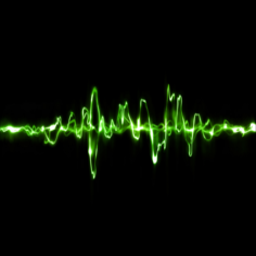Mastering Rhythms in Piano Music Learning
Rhythm
In the journey of piano music learning, rhythm plays a foundational role. It is the pattern formed by combining notes of different lengths. These rhythmic structures, found in virtually all classical music, shape the pulse and flow of each piece.
Basic note values are derived from simple divisions of time:
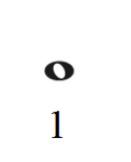
Whole note = 1 unit

Half note = 1/2 unit
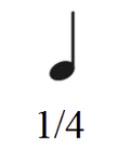
Quarter note = 1/4 unit
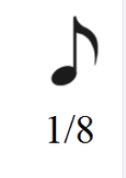
Eighth note = 1/8 unit
...and so on.
Rests indicate pauses or silences, matching the duration of their note counterparts. In particular, whole rests (hanging below the line) and half rests (sitting on the line) are easily confused but crucially different. In any time signature, a whole rest can represent a full measure of silence, regardless of the number of beats.

Dotted Notes and Their Value
Adding dots to notes or rests increases their duration:
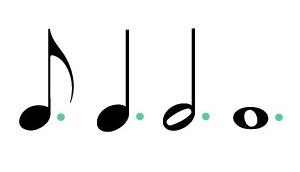
A single dot adds half the note's original value.

A double dot adds half the value of the first dot.
Multiple dots follow a geometric sequence, though rare in practical use.
Syncopation
Syncopation breaks the expected pattern of strong and weak beats. A syncopated note typically starts on a weak beat and carries into a stronger one. It appears frequently in classical music as well as jazz and modern compositions.
For example:

A note starts on beat 2 and extends into beat 3.

A note starts on a subdivision of beat 1 and continues into beat 2.
These rhythmic shifts add surprise and complexity, often making the performance more expressive—an important technique in advanced piano music learning.
Irregular Subdivisions
Not all rhythms divide evenly. Irregular subdivisions are common in classical music and create variety:
Simple irregular subdivisions:
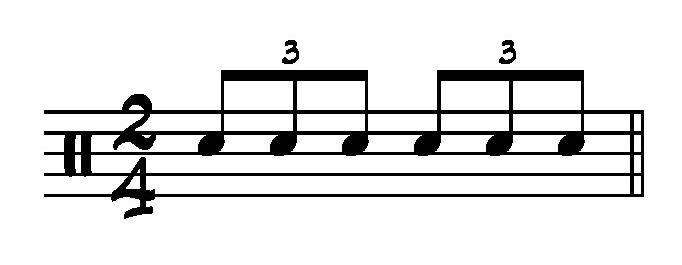
Triplets: Divide one note into three parts
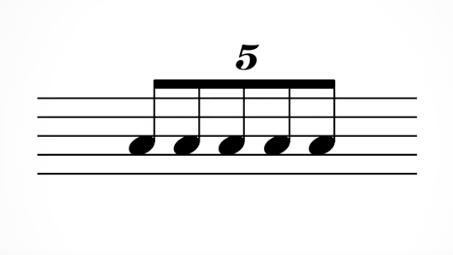
Quintuplets: Divide into five parts
Dotted note subdivisions:

Duplets: Divide a dotted note into two


Quadruplets: Divide into four equal parts
These appear in many Romantic and Impressionist pieces, requiring rhythmic flexibility from performers. Exploring these patterns through free sheet music helps students internalize non-standard beat divisions in context.
Special Rhythmic Symbols
Ornamental notes—such as grace notes, trills, mordents, and turns—don’t officially count in the time signature but do affect the actual duration in performance. These will be explored in more depth in the next lesson, but for now, recognize that their expressive timing is part of many classical music styles.
Applying Time and Rhythm Together
Let’s apply what we’ve learned to real-world classical music composer examples:
1. Beethoven – Piano Sonata Op. 110

Time signature: 3/4
Contains half, quarter, eighth, sixteenth, and thirty-second notes, dotted values, trills, and grace notes. A perfect study piece in both structure and rhythm.
2. Chopin – Barcarolle Op. 60

Time signature: 12/8
Middle section includes quintuplets, septuplets, and decuplets—illustrating irregular subdivisions. These rhythms are essential to understanding Romantic-era classical music phrasing.

3. Ravel – Alborada del Gracioso
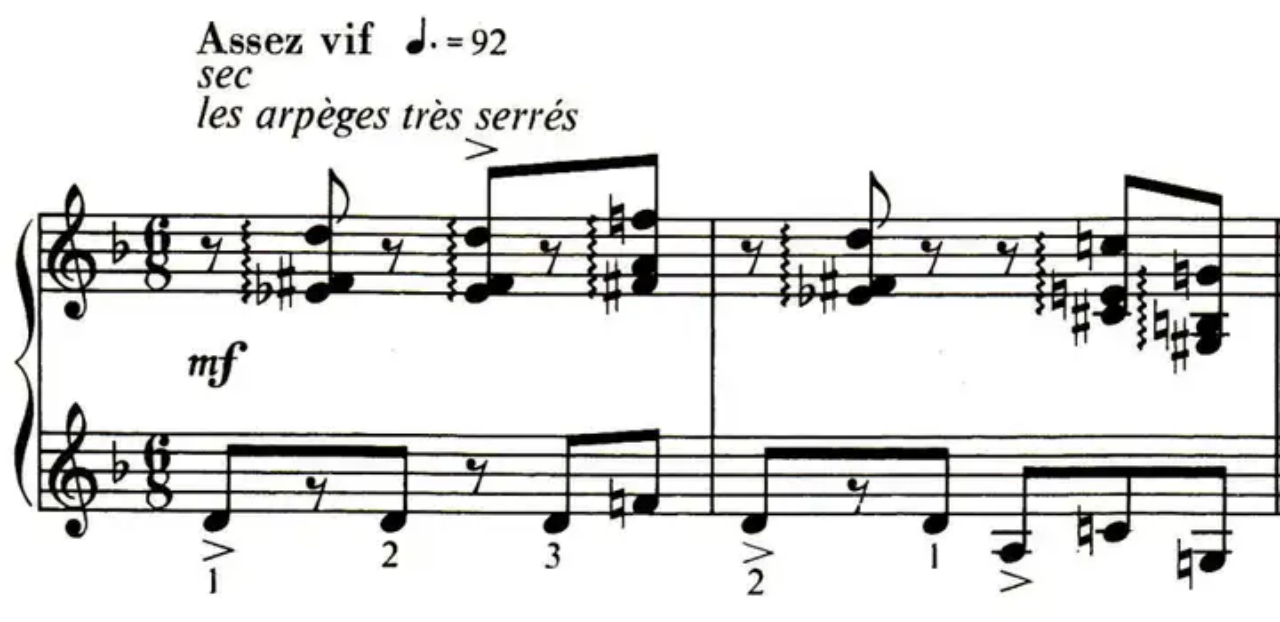
Time signature: 6/8 (changes to 3/8 and 9/8 in middle section)

Highlights that time signatures can shift within a piece, yet beat values remain consistent. Mastering such transitions is a vital skill in piano music learning.
4. Schumann – Butterflies Op. 2, No. 12
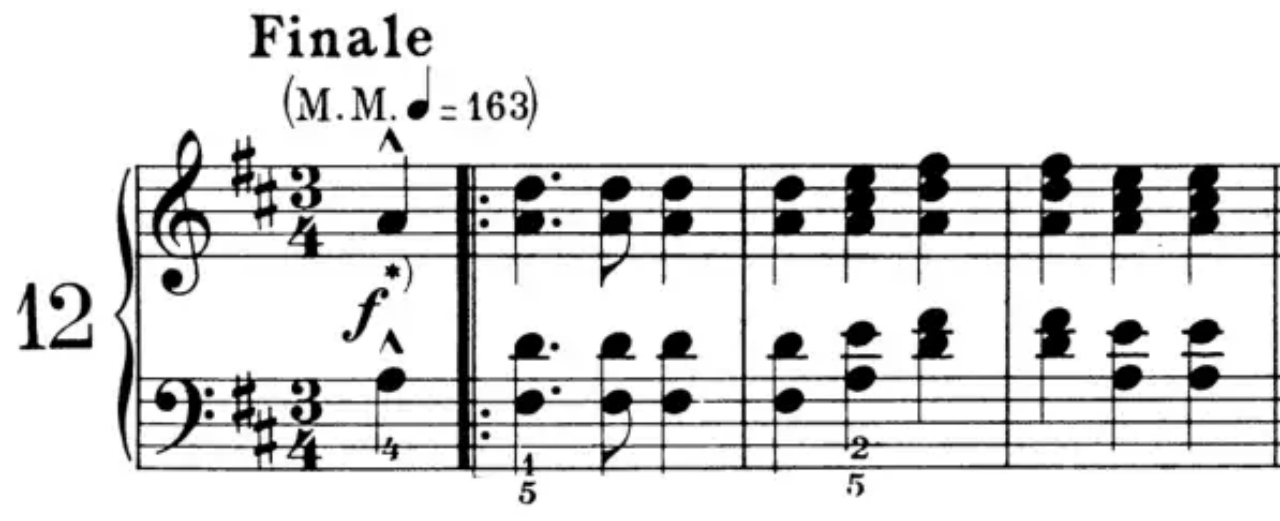
Time signature: Begins in 3/4, shifts to 2/4
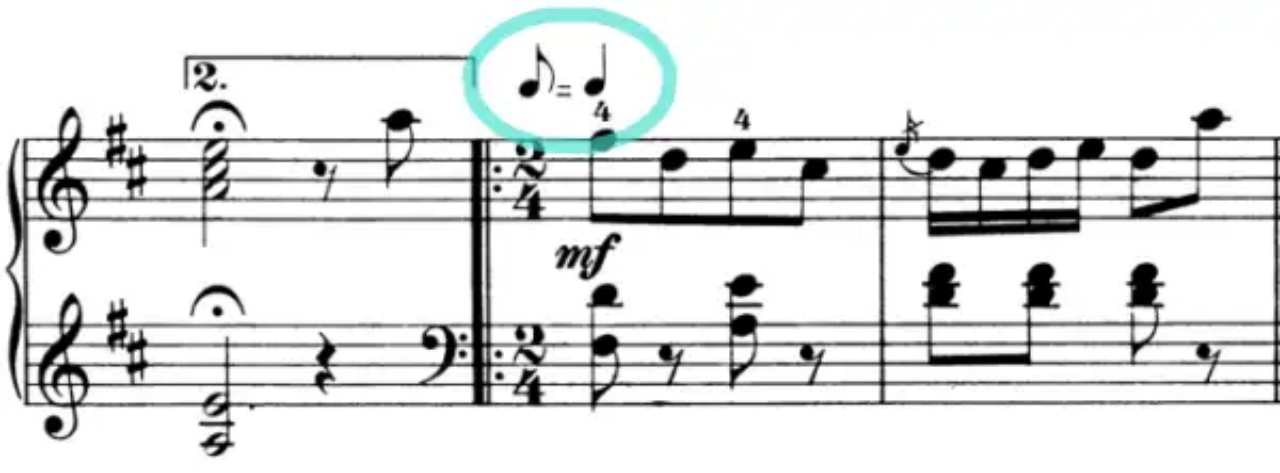
Includes a tempo instruction where “eighth note = quarter note,” effectively doubling the pulse. Such markings demonstrate how tempo and time interact—key to interpreting advanced classical music accurately.
By studying rhythm alongside time signatures, you can better understand how composers build structure and emotion into their music. Whether practicing syncopation or decoding tuplets, these skills sharpen both your musical intuition and technical control.
To reinforce these concepts, browse SheetMusicGo for exercises and repertoire that emphasize rhythmic development. With our collection of free sheet music, you can access annotated works by legendary classical music composers that highlight the very rhythms discussed here—perfect for every stage of piano music learning.
FAQs
1. What’s the best way to practice rhythm accuracy in piano music learning?
Start by clapping or tapping out rhythms away from the keyboard, then apply them hands-separately on simple pieces from free sheet music collections.
2. How can I identify syncopation in classical music?
Look for notes that start on weak beats and extend to stronger ones. Many Romantic and modern classical music composers use syncopation for expressive effect.
3. Are tuplets important to learn early?
Yes. Even beginners will encounter triplets and duplets in classical music, and learning to feel these irregular divisions builds rhythmic versatility early on.

